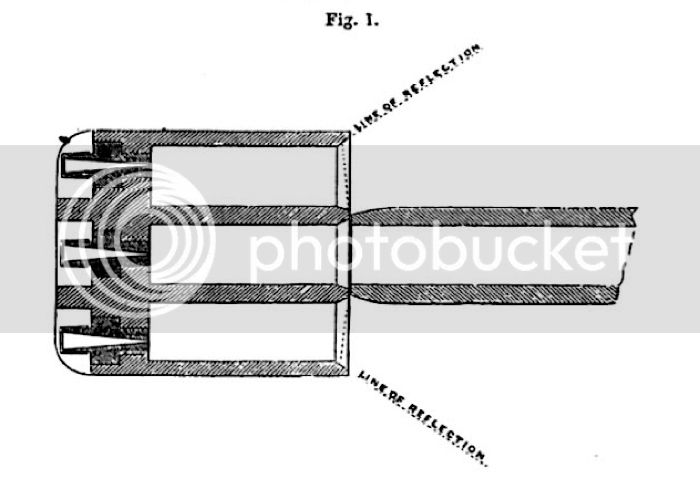glw
36 Cal.
- Joined
- Jul 20, 2005
- Messages
- 99
- Reaction score
- 65
Took my Pietta Remington New Model Army out shooting last Sunday and came away with an observation. But first, the setup...
I got to the farm and realized that I was out of felt wads. I did have a tube of Bore Butter though so I figured I'd top the balls with that.
I topped each cylinder with the bore butter and then remembered something that I had read here: that after a couple of shots, the hot gasses have melted away most of the lube from the other cylinders. So after the second shot, I decided to check.
I used my phone in selfie-mode to check the fronts of the cylinders and yes indeed, much of the bore butter was gone. Not all of it, but it was considerably eroded from the other cylinders that I could see. There was still some left but most of it was gone.
Bore butter seems pretty runny for this purpose; I'd wonder that it might turn liquid if it was really hot outside. So this behavior is to be expected I guess but it's all I had. I can see now why they sell wax plugs for this.
But, it's interesting to confirm the observations of others.
I got to the farm and realized that I was out of felt wads. I did have a tube of Bore Butter though so I figured I'd top the balls with that.
I topped each cylinder with the bore butter and then remembered something that I had read here: that after a couple of shots, the hot gasses have melted away most of the lube from the other cylinders. So after the second shot, I decided to check.
I used my phone in selfie-mode to check the fronts of the cylinders and yes indeed, much of the bore butter was gone. Not all of it, but it was considerably eroded from the other cylinders that I could see. There was still some left but most of it was gone.
Bore butter seems pretty runny for this purpose; I'd wonder that it might turn liquid if it was really hot outside. So this behavior is to be expected I guess but it's all I had. I can see now why they sell wax plugs for this.
But, it's interesting to confirm the observations of others.





